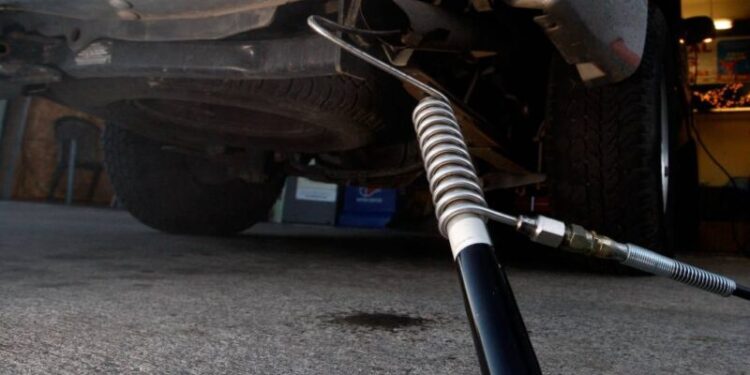Since the Clean Air Act passed in 1970, California has sought and obtained dozens of waivers that provide the state special authority to set tailpipe emissions standards for cars and trucks more stringent than those adopted federally.
The District of Columbia and 15 other states have adopted California’s strict emissions standards, momentum that steered the U.S. car market overall toward cleaner cars. Now that California’s waiver has been restored, other states can once again choose to adopt these more stringent standards.
But much has changed in the few years since the Trump administration moved to pull California’s waiver.
Notably, Newsom issued an executive order requiring that all new cars sold in California after 2035 must be electric.
Following that announcement, major carmakers committed billions of dollars in investments in new electric car models, and President Biden set the goal of 50% clean car sales by 2030.
California getting its waiver back sends a signal that the federal government is counting on innovation at the state level, said Dan Kammen, who directs a renewable energy lab at UC Berkeley and advises the Biden administration on energy and international development issues.
“California has traditionally been that leader, but we need more,” he said. “We need more creative policies to build the market and to build energy justice into those markets, so that would reach more people.”
Lauren Sanchez, Newsom’s senior adviser on climate, said during an electric vehicle summit this morning that California’s electric vehicle policies created “the market and will continue to drive it globally.”
Omar Vargas, head of global policy for GM, said in an emailed statement that the company is “proud to share California’s vision of an all-electric future with zero emissions.”
“We believe everyone should have access to affordable, long-range electric vehicle options, and we are committed to working in collaboration with California to achieve an equitable transportation future,” he said. “We’re all in on putting everybody in an EV.”
However, a coalition group of health, labor and justice organizations thinks the state can be moving even faster.
Shortly after the EPA’s announcement, the American Lung Association in California, IBEW Local 569, the Greenlining Institute, the Union of Concerned Scientists and others called on California to set even stronger electric vehicle sales targets.
Even with California and the U.S. government charging toward an electric vehicle future, and major automakers like GM, Ford, Honda, and Volvo investing billions into new electric models, California’s waiver continues to be important, said Richard Frank, director of the California Environmental Law and Policy Center at UC Davis.
“While we are in the process of seeing a transition from fossil fuel vehicles to electric vehicles, that transition is going to take a considerable amount of time,” he said. “California has adopted an ambitious timeline for that transition. But it will take a while. And the state has a huge number of vehicles on the road, including personal vehicles.”
Whatever California can do to limit the greenhouse gas emissions from cars and trucks is “important and indeed critical” to the state reaching its climate targets, Frank said.



















